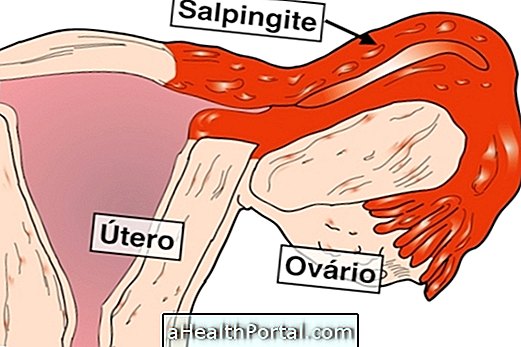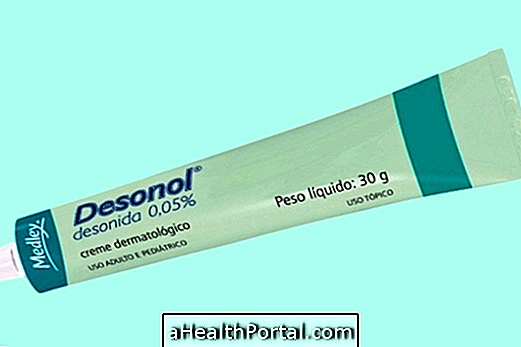Canelitis is an inflammation in the bone of the cinnamon, the tibia, or of the muscles and tendons that are inserted in that bone. The main symptom of canelitis is the strong pain in cinnamon felt when doing high-impact exercises such as running. Although it is common in runners, cannellitis can also arise in athletes from soccer, tennis, cycling, Olympic gymnastics, among others.
The main cause of canelitis is actually physical exercises that have a repetitive impact, but can also be the result of exercise on uneven surfaces, lack of stretching, and even genetic conditions. Thus, one of the best ways to prevent cannellitis is to stretch before exercise, to prepare the muscle for physical activity, and gradually increase the volume of exercise to avoid not only canelitis but also other injuries.
The treatment for cannellitis is simple. As soon as you feel pain, the exercise should stop and you should apply ice in the area to relieve the pain. It is also advisable to seek the guidance of a physiotherapist for a better orientation and, thus, to have a faster and more effective recovery.

Main symptoms
The most characteristic symptom of canelitis is pain and sensitivity in cinnamon. When you do not stop exercising the pain is constant even at rest.
The pain of canelitis leads to some limitations, such as walking difficulty and weakness in the feet, and it may also be possible to have swelling and redness in the area.
How to treat
The ideal treatment for canelitis is resting, putting ice in place to relieve pain and, in more severe conditions, use anti-inflammatory drugs and analgesics prescribed by the doctor, such as acetaminophen or dipyrone. The important thing is not to ignore the pain.
However, physiotherapy is also important to make the treatment outcome more effective and long-lasting. The physiotherapist will help from:
- Indication of exercises to strengthen the leg muscles;
- Indication of stretching exercises;
- Advice on the ideal footwear for the type of physical activity according to the footprint;
- Motion correction;
- Gradual reintegration into physical activities.
In addition, when returning to exercise, it is important to massage the muscle with ice for three to five minutes to prevent or relieve pain.
When can I go back to running?
The return to the races can happen in weeks or months from the appearance of the first symptom of the canelitis. This time varies according to the attitudes taken from the occurrence of the first symptom. If you have persistence in the exercise even when you feel pain, the recovery process may last longer and reintegration into the sport can also be hampered.
To get back on track as soon as possible and decrease your chances of feeling the pain of canelitis again, it is important to stop exercising for at least two weeks, to make ice packs in the area, and to seek guidance from a physiotherapist.

Possible causes
The main cause of canelitis is repetitive physical activity such as racing, which is why many runners report this type of pain. Other causes that can lead to cannellitis are:
- Use of inappropriate footwear;
- Excessive leg exercises;
- Excessive load;
- High-impact physical activities;
- Practice of exercise in irregular soils;
- Wrong footprint;
- Genetic factors;
- Lack of stretching.
Cannellitis can also be a result of fractures, local infections and even tumors, but these causes are rarer. Usually the pains arise due to repetitive and high impact efforts. Find out what are the 6 most common causes of pain in the race.
How to prevent
To avoid canelitis it is important to stretch to prepare the muscle for activity. It is also important to pay attention to the type of sneakers used, whether it is ideal for the type of tread, and the surface on which the exercise is performed. In addition it is indicated to perform exercises to strengthen the leg and gradually increase the volume of exercise to avoid further injury.
One should not ignore the pain. As soon as you begin to feel it, it is best to stop the exercise and remain at rest until the swelling and pain cease.

























